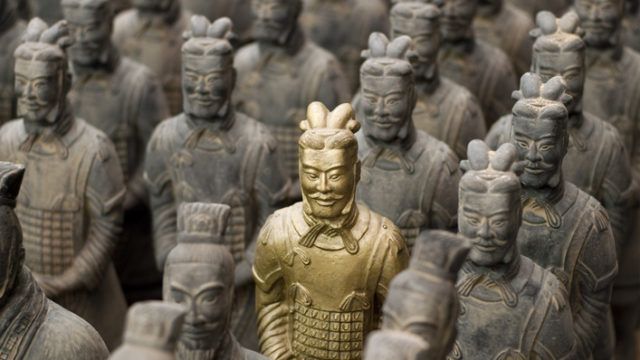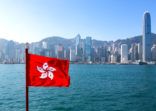The research division of the US asset manager argues that China, already a distinct pole of global growth, is now a standalone investment destination.
Its view is predicated on a stronger economic recovery from the pandemic than global peers, China’s more orthodox fiscal and monetary policies which has led to a surge of inward investment.
“This is what we call China’s quality revolution – prioritising the quality of growth over quantity — and it ties in directly with its ambitions to reach net-zero emissions by 2060,” said Yu Song, chief China economist at BII. China also stands in sharp contrast to large emerging market countries, because Chinese policymakers are taking a hawkish stance because of their focus on long-term objectives, such as high-tech development (especially semi-conductor related), anti-monopoly efforts and decarbonisation measures.
Meanwhile, many emerging market countries are suffering from a debt hangover due to Covid-19 policy responses, which is likely to hamper growth.
China has more room to loosen than most economies, so downside risks to the growth outlook are mainly an issue for the next three months. The leadership is mostly focused on longer term structural transformation such as hi-tech development (especially semi-conductor related), anti-monopoly efforts, and decarbonization which represents risks as well as opportunities for investors.
As a result, BII “breaks out Chinese equities and government debt as a standalone part” of its tactical views.
Moreover, according to Song, China is pushing through reforms that although could weigh on the quantity of growth in the near term, they could improve the quality in the long run. Consequently, BII is tactically cautious on equities, but positive on a strategic basis. In contrast, it likes Chinese government bonds on both a tactical and strategic basis for their relatively attractive yields (the 10-year is currently just below 3%).
Big themes
BII proposes two other major investment themes in its mid-year outlook.
First is what it calls the “new nominal”, with central banks in Europe as well as the US, likely to be restrained in their monetary response even when inflation rises as economic activity picks up.
In this environment, negative real, or inflation-adjusted, bond yields should support equities, according to Ben Powell, BII’s chief investment strategist, Apac.
He sees potential for cyclical shares and regions to benefit from a broadening restart, and is turning positive on European equities and upgrading Japanese equities to neutral, while cutting US equities to neutral.
“Even if yields remain low, the direction of travel is up – and we remain underweight developed market government bonds,” said Powell.
BII’s other big theme is the “journey to zero”. “The path to net-zero carbon emissions has a starting point and potential destination – but there is no clear roadmap yet for getting there,” said Powell.
“We see opportunities along the way, with private market financing playing a key role,” he said.

















